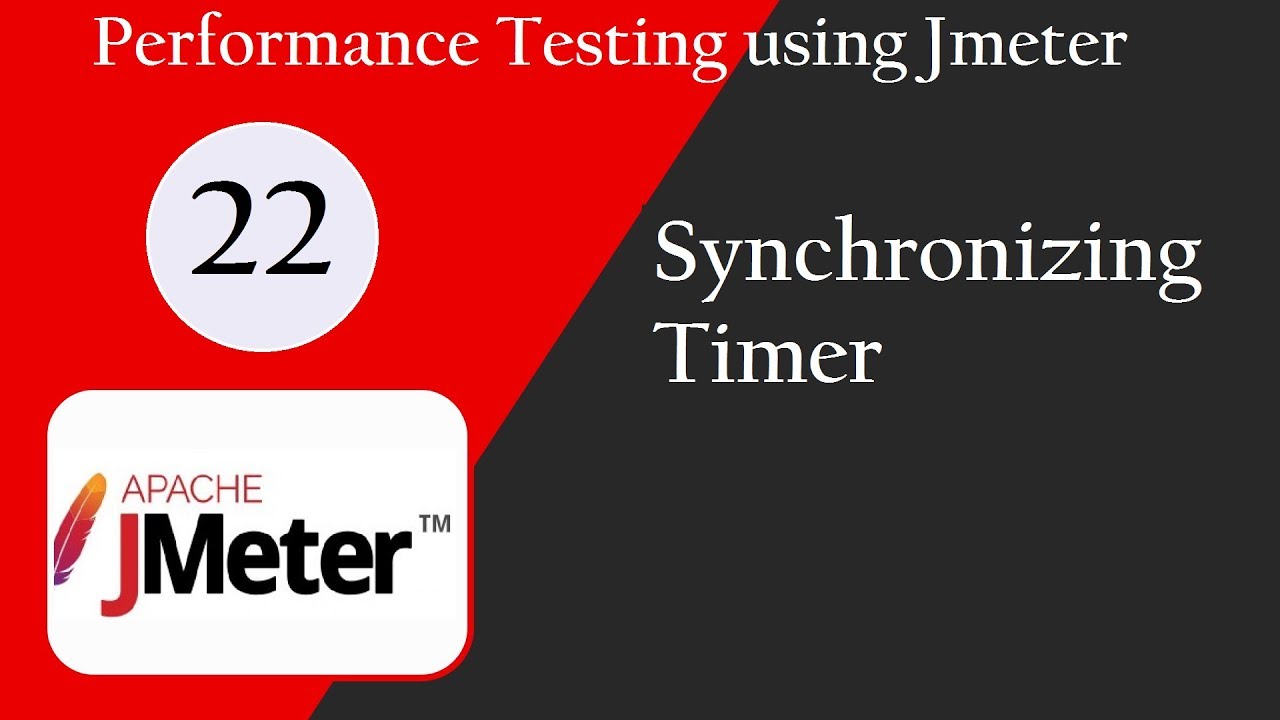JMeter SyncTimer for Load Testing Large Instant Loads
The purpose of the SyncTimer is to block threads until X number of threads have been blocked, and then they are all released at once. A SyncTimer can thus create large instant loads at various points of the test plan. Here’s how you can use JMeter SyncTimer for Load Testing. An Example – A Registration System Let’s say you’re load testing against a Racing Registration system. You have a JMeter script that pulls user information fromRead More →




